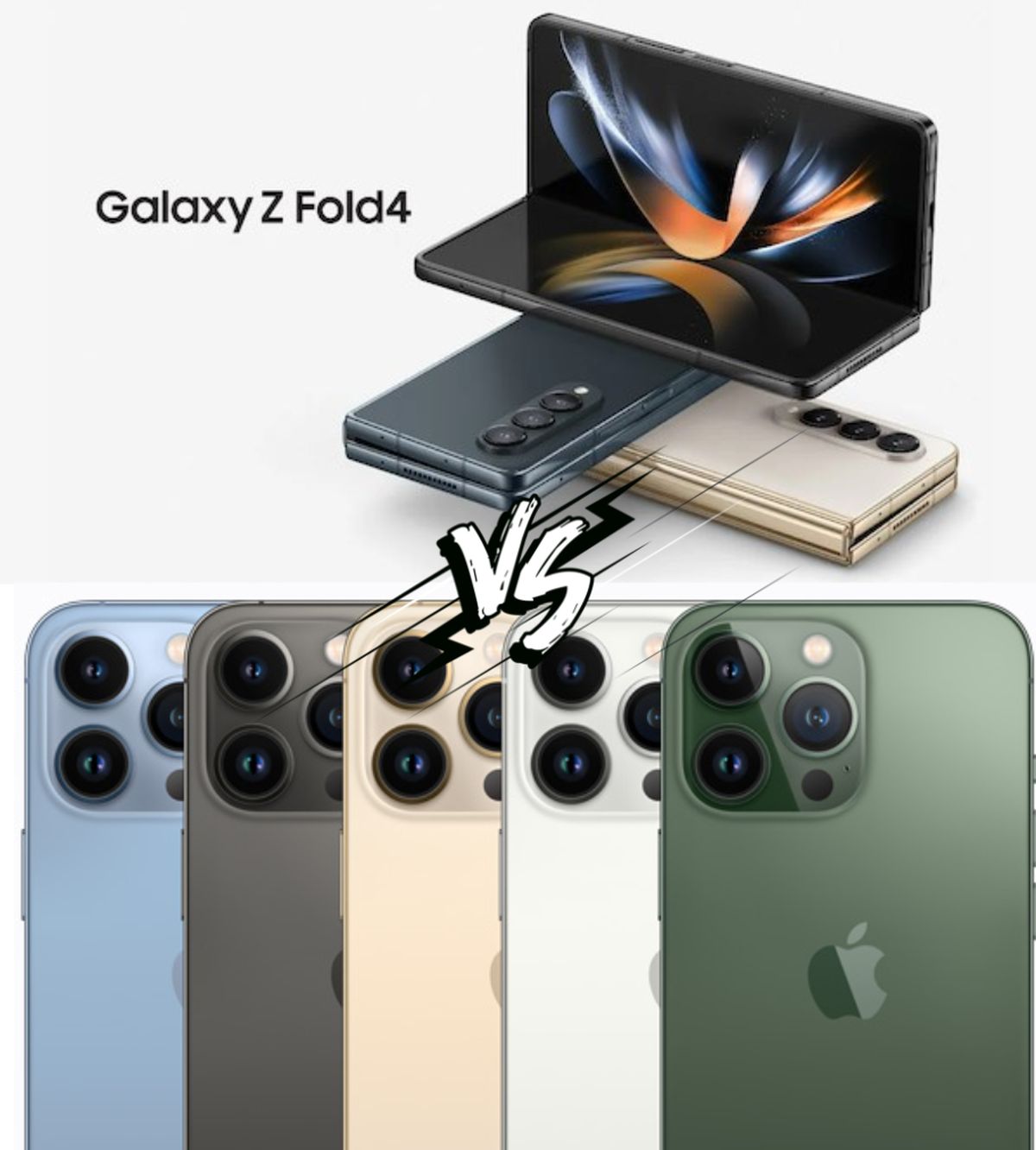Today we are here to compare Galaxy Z Fold 4 vs iPhone 13 Pro Max. In the premium smartphone space, you can be looking at and comparing two devices for one of two reasons. Either they are extremely close in what they offer in terms of shape, features, and performance; or they are wildly different, but since they are in the same price segment, you are wondering which one would be the better purchase.
Should you place your money on the tried-and-true iPhone instead of taking a chance on something new? Or does the Z Fold 4 provide the ideal balance of bizarre, practical, and innovative to sway you to its side? Here is what we can say about the Galaxy Z Fold 4 vs iPhone 13 Pro Max.
Galaxy Z Fold 4 vs iPhone 13 Pro Max: Specs
Specs | Galaxy Z Fold 4 | iPhone 13 Pro Max |
Dimensions | 6.11 x 5.12 x 0.25 inches (155.1 x 130.1 x 6.3 mm) | 6.33 x 3.07 x 0.30 inches (160.8 x 78.1 x 7.65 mm) |
Weight | 9.28 oz (263.0 g) | 8.47 oz (240.0 g) |
Screen | 7.6 in, 120 Hz, Dynamic AMOLED | 6.7 in, 120 Hz, OLED |
Processor | Qualcomm Snapdragon 8+ Gen 1, octa-core, 3.19 GHz | Apple A15 Bionic, hexa-core, 3.24 GHz |
RAM | 12 GB | 6 GB |
Rear Cameras | 50 MP wide-angle; F1.8; Pixel size: 1.0 μm12 MP ultra-wide-angle; F2.2; Pixel size: 1.12 μm10 MP 3x telephoto; F2.4; Pixel size: 1.0 μm | 12 MP wide-angle; F1.5; Pixel size: 1.9 μm12 MP ultra-wide-angle; F1.812 MP 3x telephoto; F2.8 |
Front Camera | 10 MP outside4 MP under-display camera inside | 12 MP |
Battery Size | 4,400 mAh | 4,352 mAh |
Charging Speeds | Wired: 25 WWireless: 15 W | Wired: 27 WWireless: 15 W |
Price | $1,799.99 | $1,099$1,199 (to match the 256 GB storage of the Fold 4) |
Galaxy Z Fold 4 vs iPhone 13 Pro Max: Design and display
The design and screen sizes are where the story of how different these phones are from one another begins. The 6.2-inch external screen on the Galaxy Z Fold 4 is tall and thin and may be used to view emails, notifications, and other things on a regular basis. Then, when you open it, you are confronted by a huge, 7.2-inch (21.6:18 ratio), nearly square display.
Naturally, this is fantastic for multitasking, reading lengthy texts, or playing video games. It’s kind of a waste to view videos or movies because they are still (often) 16:9 or 19:9.
With a 6.7-inch screen that has a 19.5:9 aspect ratio, the iPhone 13 Pro Max features a more traditional phablet shape. It is still quite decent by phone standards, then. However, it only scratches the surface of what the Z Fold 4’s screen is capable of accommodating, and iOS is not exactly designed with multiple windows in mind. Because of the aforementioned letterboxing, it can compete with the Fold when it comes to watching videos and movies. However, the Fold is considerably more… roomy when using several windows or visiting websites and apps that are tailored for foldable phones!
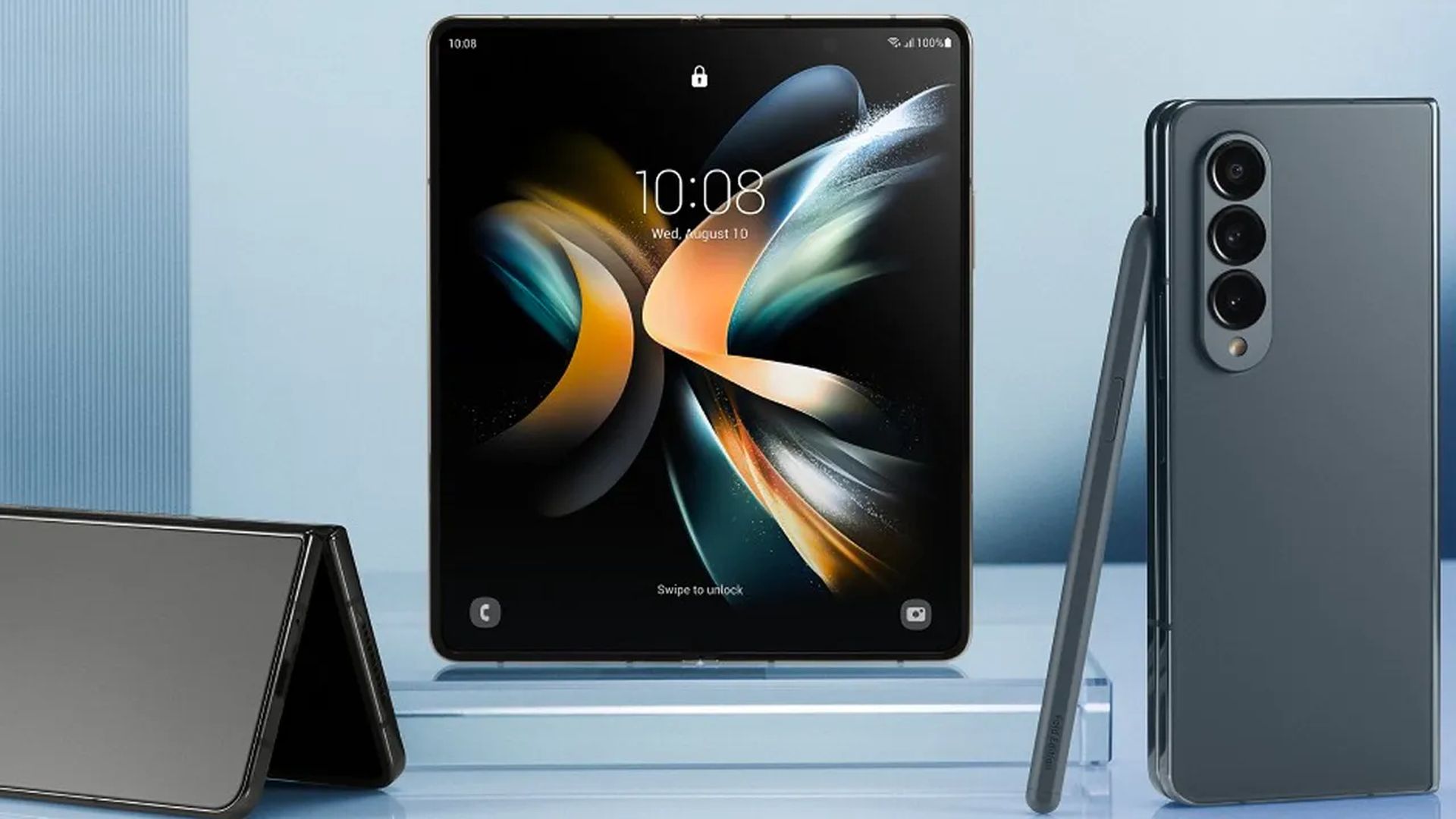
Despite this, both phones have 120Hz refresh rates, allowing for incredibly smooth, responsive, and quick functioning. Both devices also feature outstanding AMOLED panels, though we tend to prefer Samsung’s Dynamic AMOLED in this instance due to its bright, vibrant colors.
The iPhone 13 Pro Max has an IP68 rating and is resistant to water and dust on its exterior. With an IPX8 rating, the Z Fold 4 is slightly more prone to harm; it can withstand splashes of fresh water and submersion up to 1.5 m, but it lacks dust or particle resistance.
The Galaxy Z Fold 4 is 0.62 in (15.8 mm) thick at the hinge side, which is very hefty when folded into its typical candybar design. It also weighs 263 g. With a weight of 240 g, the iPhone 13 Pro Max is a touch heavier than the Fold but still a substantial smartphone. It is 7.65 mm (7.35 in) thin as well.
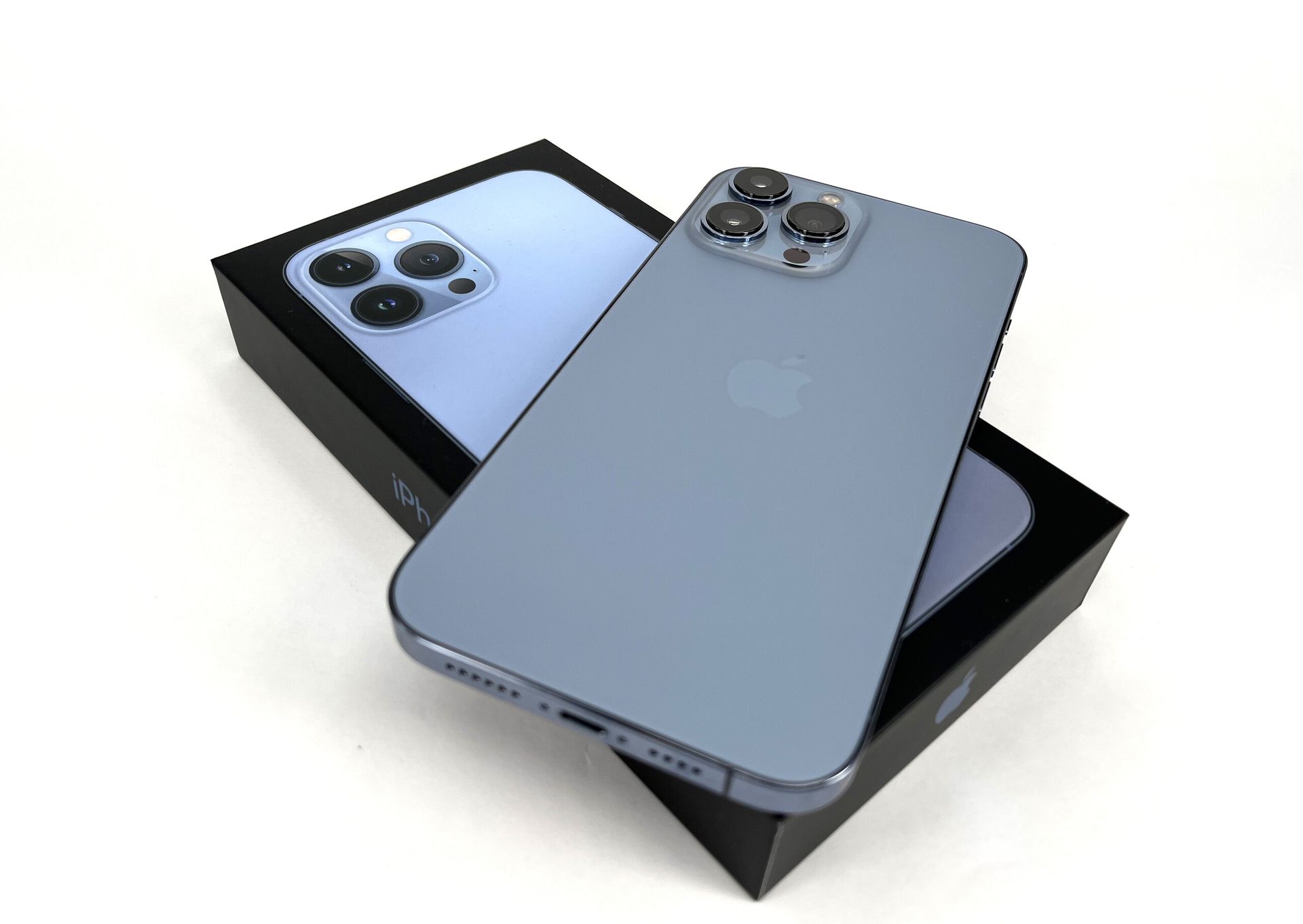
However, it is evident that these significant variances result from the various functions and form factors that these phones offer. Both devices come in elegant, refined, and grounded color options: blue, green, silver, black, and gold for the iPhone, and black, gray-green, beige, and burgundy for the Fold.
The process for unlocking these phones is also highly different. With Apple’s Face ID, the phone will unlock as soon as it sees your face (with eyes open). On the right side of the frame, inside the Galaxy Z Fold 4’s power button, is a fingerprint scanner.
Galaxy Z Fold 4 vs iPhone 13 Pro Max: Performance
Let’s continue our Galaxy Z Fold 4 vs iPhone 13 Pro Max comparison with the performance elements. The Qualcomm Snapdragon 8+ Gen 1 SoC, the newest and best SoC for Android phones with exceptionally remarkable specs and performance, is included with the Galaxy Z Fold 4. It is an octa-core processor with a 4 nm manufacturing process that offers a top speed of 3.2GHz and outstanding energy efficiency, especially for AI applications.
Apple’s iPhone, of course, has an Apple A15 Bionic, a hexa-core chip that dominates the mobile market and consistently tops benchmark lists. It goes without saying that both of these phones are top-notch. The difference is in what you do with them.
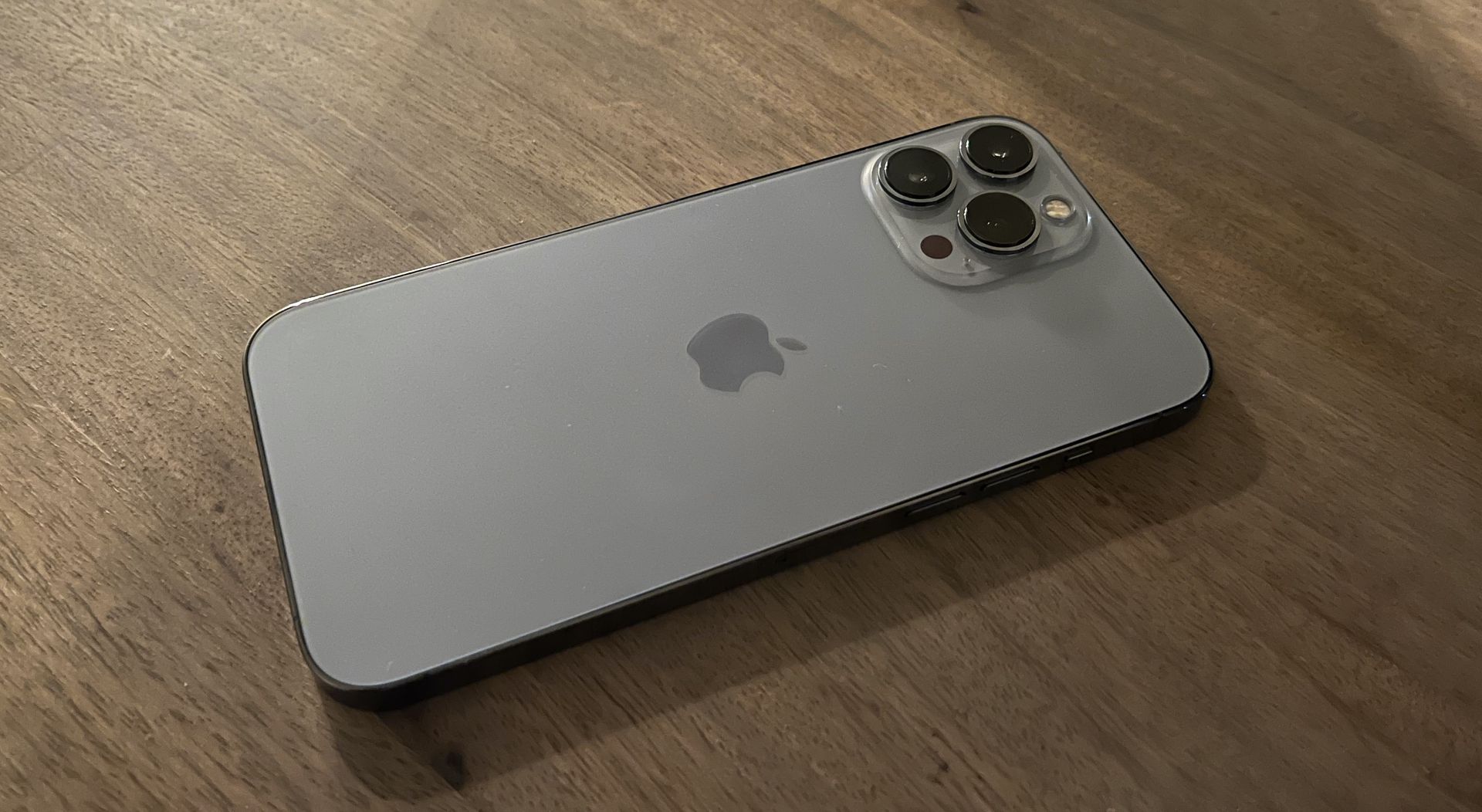
The Z Fold 4’s One UI from Samsung was created with multitasking in mind. You can switch between programs fast or start split-screen work with the help of a persistent app dock. It includes the DeX mode, which turns a monitor, TV, or outdated laptop into a desktop workstation running Android. Additionally, it supports the superb S Pen pen.
Although iOS 15 from Apple is excellent and reliable, it doesn’t actually give the iPhone much room to fly. Multitasking isn’t much emphasized here, aside from Picture-in-Picture for supported video players. But it’s a strong operating system that has shown to be dependable and app-friendly.
Galaxy Z Fold 4 vs iPhone 13 Pro Max: Camera
A camera module comparable to the one in the Galaxy S22 and S22+ was added to Samsung’s Z Fold 4. A 10MP camera with a 3x telephoto lens, a 12 MP ultra-wide camera, and a 50MP main wide-angle camera are included. With Samsung’s Space Zoom feature, which we are familiar with from the popular Galaxy S series, you can zoom in up to 30 times. On the other hand, the iPhone 13 Pro Max boasts three cameras with 12MP sensors, and its telephoto lens also offers a 3x optical zoom. The most digital zoom that an iPhone can achieve is 15x, and it doesn’t look great.
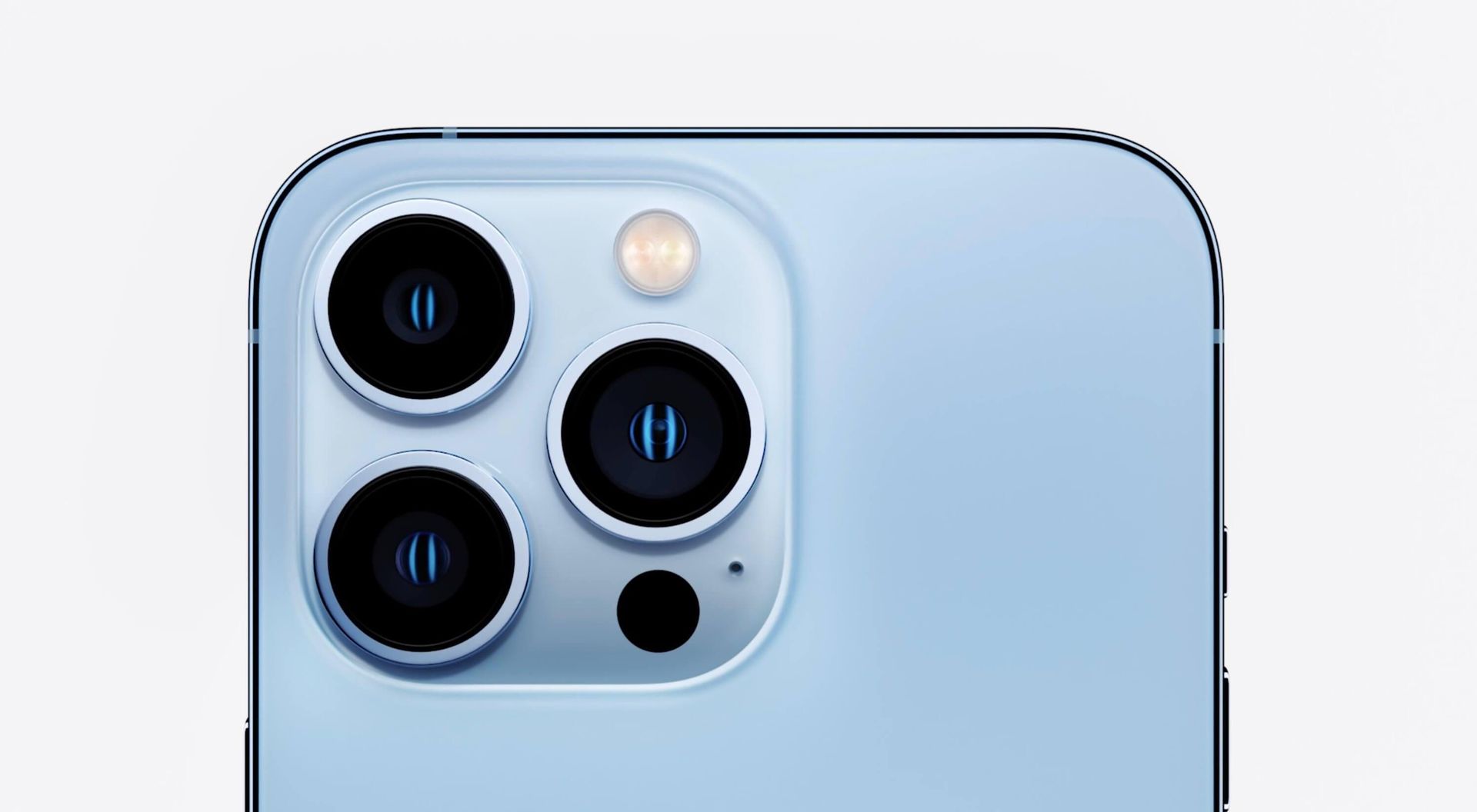
Despite having slightly different configurations, both phones offer stereo speakers. In order to provide balanced audio on both ends, the Galaxy Z Fold 4 incorporates side-firing speakers on the top and bottom frames (left and right when the phone is in landscape orientation). Due to the unusual physical dimensions and speaker-directional characteristics of the iPhone, which uses a bottom driver and an amplified earpiece, balance is just slightly wrong.
However, the speakers on the iPhone do provide some excellent audio, and given how impressive the Z Fold 4’s predecessor was, we can anticipate equally astounding audio from the Z Fold 4.
Regarding haptics, Apple’s Taptic Engine is in a league of its own, while Samsung’s vibration motors have been superb over the past several years. Both of these phones will tick, tack, and clack with pleasing feedback in your hands.
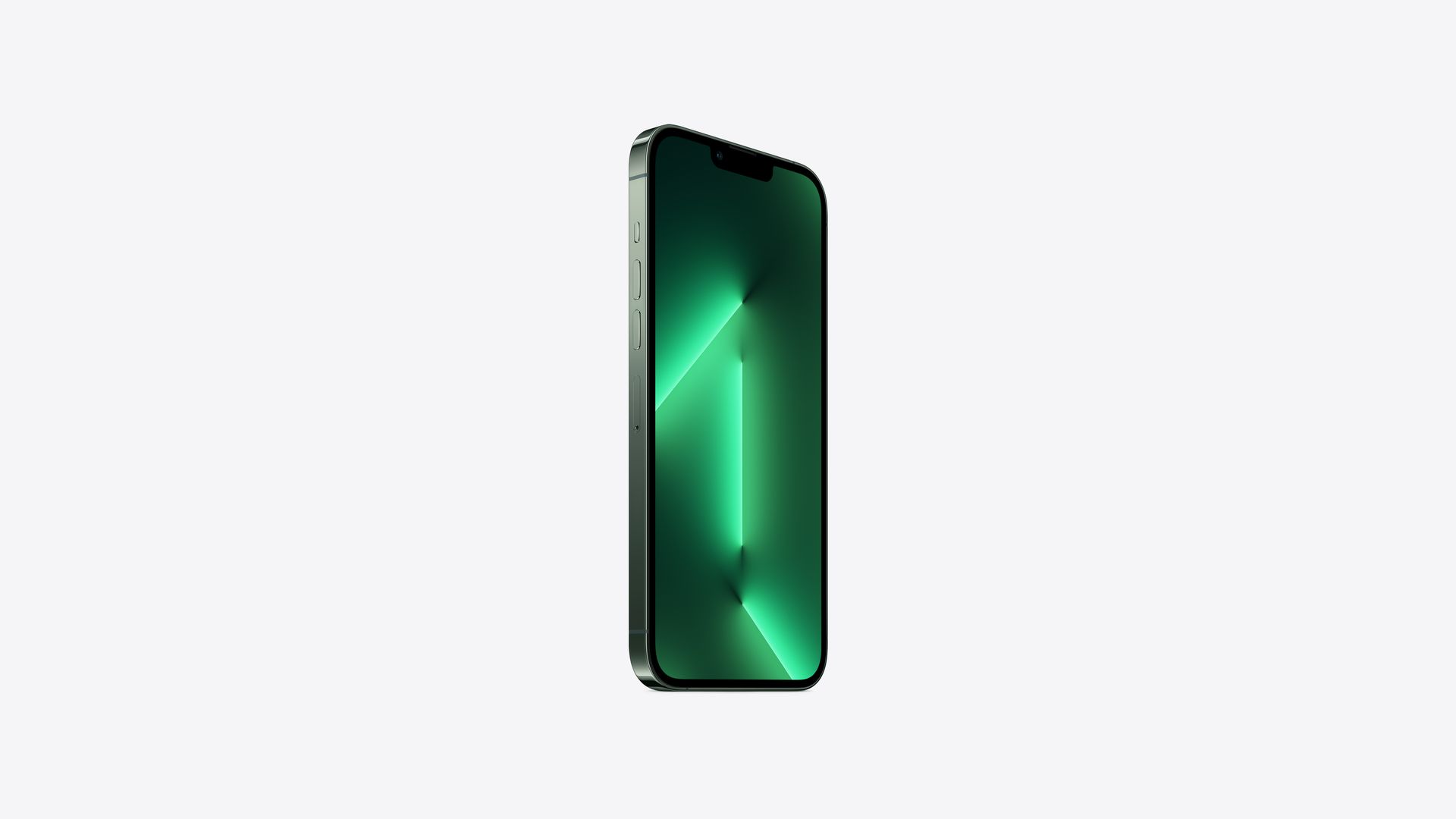
Galaxy Z Fold 4 vs iPhone 13 Pro Max: Battery
The 4,400 mAh battery in the Galaxy Z Fold 4 is the same size as the one in the model before it. It can safely last us a day, but it’s not a battery powerhouse, especially if you frequently use the sizable internal screen. Wait for soon-coming battery benchmarks.
On the other hand, the iPhone 13 Pro Max boasts excellent battery life because to its 4,352 mAh battery and excellent iOS optimizations. With this phone, you won’t need to charge it every night because it may easily last two days.
Fast charging is supported by both devices; the Z Fold 4 accepts 25 W while the iPhone 13 Pro Max accepts 27 W. Additionally, both include Qi-compatible wireless charging coils.
The Galaxy Z Fold 4 takes things a step further by delivering Power Share, also known as reverse powerless charging, so you can recharge your Galaxy Watch, earbud case, or other devices while sharing portion of the charge with another device.
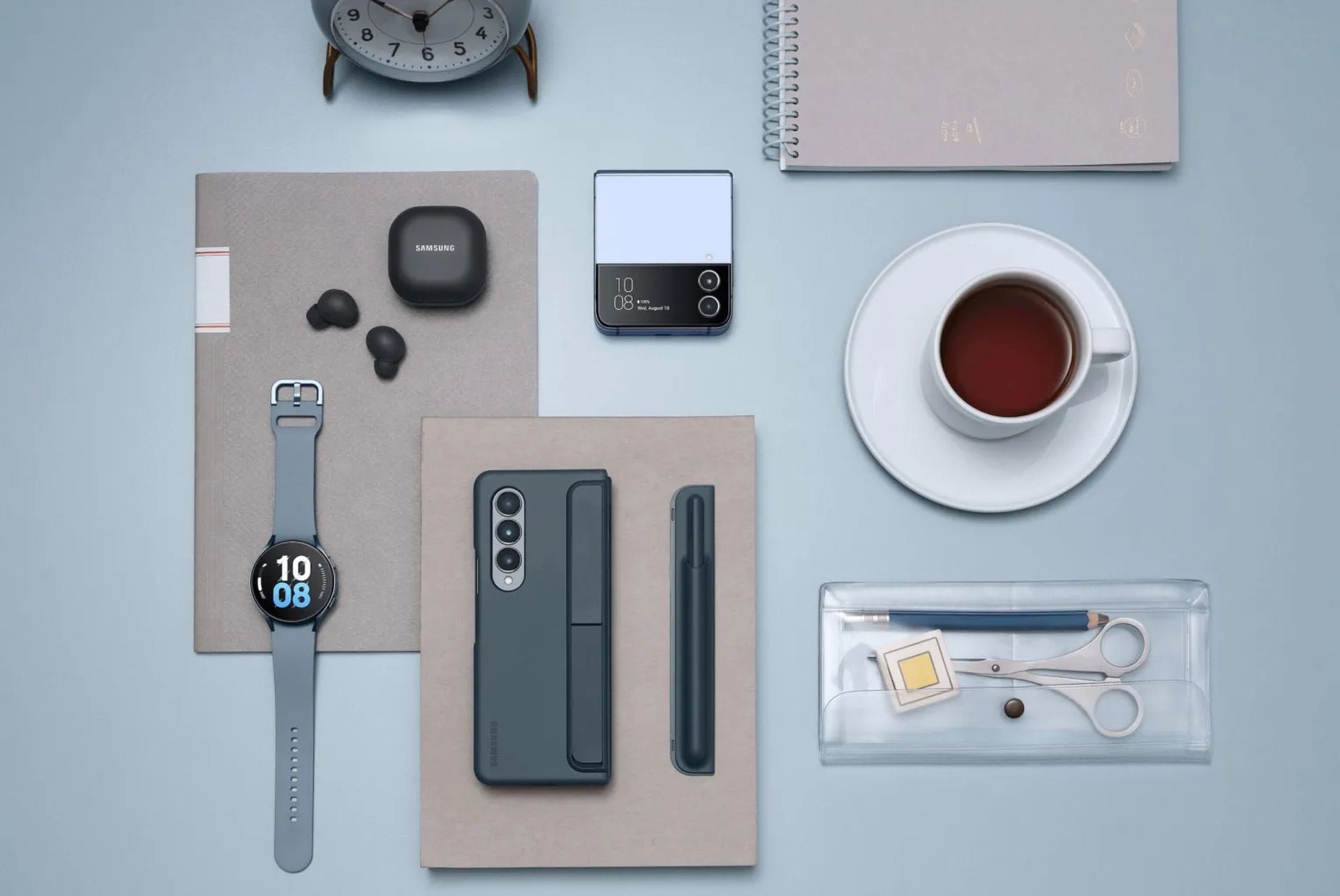
Galaxy Z Fold 4 vs iPhone 13 Pro Max: Final verdict
They serve as an example of two quite distinct kinds of technology. Unfolding into a device that resembles a semi-tablet and can display many apps while supporting a great stylus, one of them being a smartphone, so yes. The other is a standard in the business.
There is currently no other gadget that can provide you with this experience if you want to adopt the digital nomad lifestyle and believe you can be productive with only a foldable phone. Of course, the Samsung is far more expensive.
The iPhone is a simple decision if all you want is a rock-solid phone that will be supported for many years to come and seamlessly sync with your Mac. This concludes our Galaxy Z Fold 4 vs iPhone 13 Pro Max comparison. You can also check out our post comparing Samsung Galaxy Z Fold 3 vs Galaxy Z Flip 3!

